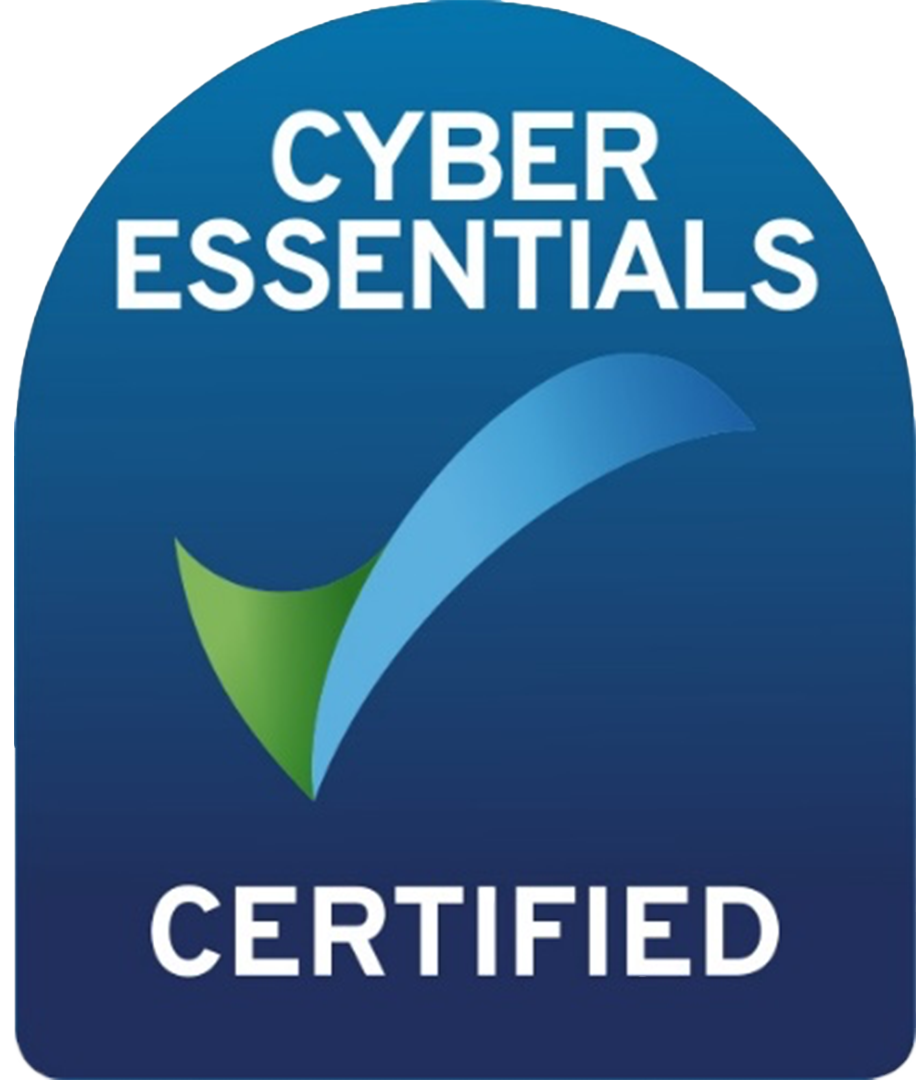457 and Associated Visa Reforms - What You Need to Know
John Doe • April 21, 2017
The surprise announcement by the Prime Minister regarding the axing of the 457 Visa program has created a great deal of uncertainty for employers and foreign workers. Apart from the gazetted list of new occupations, there has been no new legislation or official policy guidance notes released by the Immigration Department. Our team at FCB Smart Visa has however curated all available information to cut through some of the ambiguity and misinformation circulating at present.At the outset, the abolition of the 457 visa program announced by Prime Minister Malcolm Turnbull on Tuesday 18 April 2017 is not a wholesale abolition of the employer sponsored visa regime. The politically charged 457 visa program will instead be replaced from March 2018 with a new category of visa, namely the Temporary Skill Shortage (‘TSS’) visa (subject to passage through both houses of parliament).
The headline features of the new TSS visa program will include: - Establishment of a consolidated training fund for sponsors - At least 2 years of relevant work experience for the nominee in the nominated occupation irrespective of whether the applicant otherwise meets the formal qualifications threshold under the Australia and New Zealand Standard Classification of Occupations (ANZSCO) classification - Universal 'Vocational English’ requirement - Universal Labour Market Testing requirement (unless inconsistent with an international obligation) - Mandatory criminal history checks for applicants - Introduction of a two-tiered list of occupations for regional and non-regional Australia The Commonwealth Government has already commenced phase one of the reform process and the staggered implementation timeline - as advised by the DIBP - is set out below:
Changes to temporary sponsored migration with immediate effect from 19 April 2017
1. List/s of ‘Sponsorable’ Occupations:
The previous list of occupations used to nominate a person in certain sponsored visa categories (referred to as the Consolidated Sponsored Occupation List or ‘CSOL’) has been effectively replaced by a combination of two new lists; the ‘Short-Term Skilled Occupation List’ (STSOL) containing 268 occupations and the ‘Medium and Long-term Strategic Skills List’ (MLTSSL) containing 183 occupations (the MLTSSL and STSOL are contained as Schedules 1 and 2 here ). All but 16 of the 451 occupations contained within these two lists currently apply to the following visa categories: - Temporary Worker (Skilled) Subclass 457 visas - Skilled Nominated Subclass 190 visas - State Nominated Skilled Regional Provisional Subclass 489 visas - Employer Nomination Scheme Subclass 186 visas (Direct Entry) - Training Subclass 407 visas As a result of the changes the overall number of occupations that can support a subclass 457 visa application has effectively been reduced by 216 (to 435) Of the 435 occupations now remaining, 24 farming and agriculture occupations are restricted to regional Australia , and a further 59 are effectively restricted by a set of ‘caveats’ which impose additional criteria relating to factors such as work experience, place of work, rate of pay, and mandated minimums for number of staff and business turnover. It is unclear at this stage whether the additional business related criteria will apply to the sponsoring entity itself, or can also be applied to an associated entity of the sponsor where it is the direct employer of the visa holder.
2. Visa validity periods
457 visas based on STSOL occupations and approved on or after 19 April 2017 will be granted for a period of 2 years. Visa grants of up to 4 years are possible only where the nominated occupation is drawn from the eligible occupation in the MLTSSL. The respective lists are reviewed twice a year.
Changes to temporary sponsored migration with effect from 1 July 2017
First of regular revisions to the STSOL and MLTSSL - Mandatory police clearances for 457 visa applicants will be phased in - Removal of the English Language exemptions for base salaries over $96,400
Changes to temporary sponsored migration with effect from December 2017
The DIBP will collect Tax File Numbers from visa holders and match with ATO data - The DIBP will publish a register of sponsors found to be non-compliant with sponsorship obligations
Changes to temporary sponsored migration with effect from March 2018
By March 2018, subclass 457 visas will be replaced by the new TSS visa regime (subclass is yet to be confirmed) and comprise a two-year short-term stream (STSOL occupations)and 4-year medium term stream for occupations on the MLTSSL. In addition to universal language assessment, mandated work experience (two years), criminal history checks, LMT and new training requirements for the sponsor, the respective streams will have the following attributes:
Short-term stream TSS visa Can only be renewed once (although possibly more than once if the holder is offshore) Will not have access to employer-nominated permanent skilled migration Medium-term stream TSS visa Can be renewed multiple times whilst onshore Provides a pathway to employer-nominated permanent residence after a 3 year qualifying period Associated changes to employer nominated permanent migration (ENS/RSMS) Changes to the employer nominated permanent residence visa categories are largely consequential to the reform of the 457 visa program.
Changes to permanent sponsored migration with effect from 19 April 2017
From 19 April 2017 until March 2018, new applicants for an employer nominated, subclass 186 visa under the Direct Entry stream can be nominated in an occupation on either of the STSOL or MLTSSL (minus the 16 occupations as per the above). Applications for a subclass 186 in the Temporary Residence Transition stream do not currently refer to a specific occupation list and instead will continue under current legislative criteria for the time being. We understand that in practice this means people with 457s granted under the 216 occupations removed from the 457 list on 19 April 2017 can still obtain permanent residence, as long as they reach 2 years of employment on their 457 with their current sponsor and lodge an application before March 2018. In relation to RSMS visas, there will be no immediate change to the rules for a subclass 187 application in the Temporary Residence Transition stream, and the current gazetted list of occupations relevant to a subclass 187 visa in the Direct Entry stream remains the same for the time being.
Changes to permanent sponsored migration with effect from July 2017 - Introduction of a universal English language assessment requiring an International English Language Testing System (IELTS) (or equivalent test) score of 6 in each component - Time of application age limit of 45 for all Direct Entry stream applicants (remaining at 50 for applicants under the temporary Residence Transition stream)
Changes to temporary sponsored migration with effect from December 2017
The DIBP will collect Tax File Numbers from visa holders and match with ATO data - The DIBP will publish a register of sponsors found to be non-compliant with sponsorship obligations
Changes to permanent sponsored migration with effect from March 2018
The permanent residence eligibility period will be extended from two to three years - Only MLTSSL occupations can be used to nominate under the ENS/RSMS (with additional occupations available to support regional employers for the RSMS). It appears as though applicants who need to traverse this date to make up their 3 years on a 457 will be blocked from applying for the 186 if their occupation is not on the MLTSSL - The Temporary Skilled Migration Income Threshold will apply to ENS and RSMS - All applicants must be under the maximum age requirement of 45 at the time of application (we are as yet unaware of any exemptions that might apply) - At least three years’ relevant work experience will be required for all ENS/RSMS applicants In addition to the employer sponsored categories dealt with above, the Government’s reform package has major implications for applicants in other parts of the migration program, and for those wishing to become Australian citizens by conferral. If you or your staff are affected and require assistance to navigate these substantial changes, please contact one of our immigration specialists on (+612) 9922 5188 or info@fcbsmartvisa.com.au
Find the job you love I Find the right talent
Get in touch with people2people
Australia
I United Kingdom
In business since 2002 in Australia, NZ, and the United Kingdom, people2people is an award-winning recruitment agency with people at our heart. With over 12 offices, we specialise in accounting and finance, business support, education, executive, government, HR, legal, marketing and digital, property, sales, supply chain, and technology sectors. As the proud recipients of the 2024 Outstanding Large Agency and Excellence in Candidate Care Awards, we are dedicated to helping businesses achieve success through a people-first approach.
Recent articles









